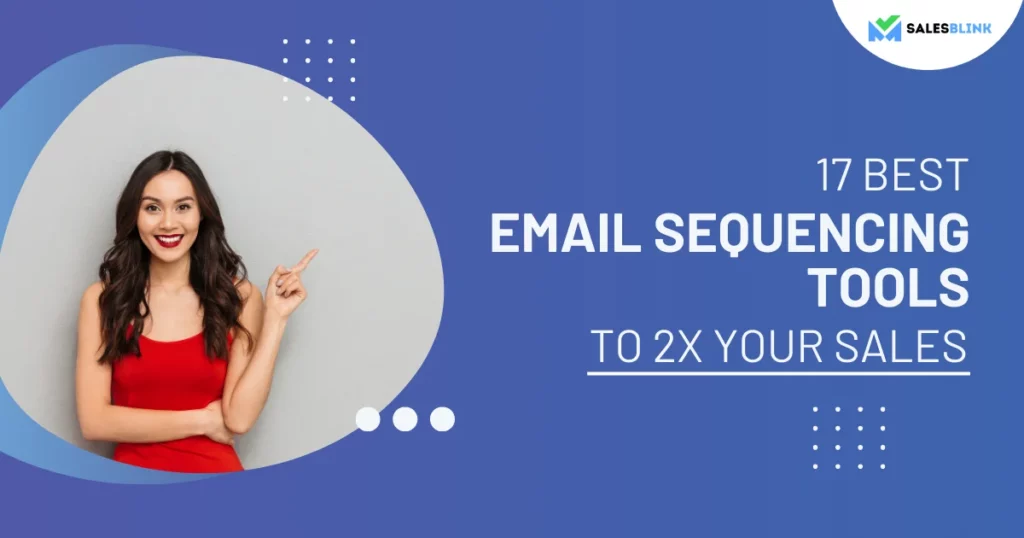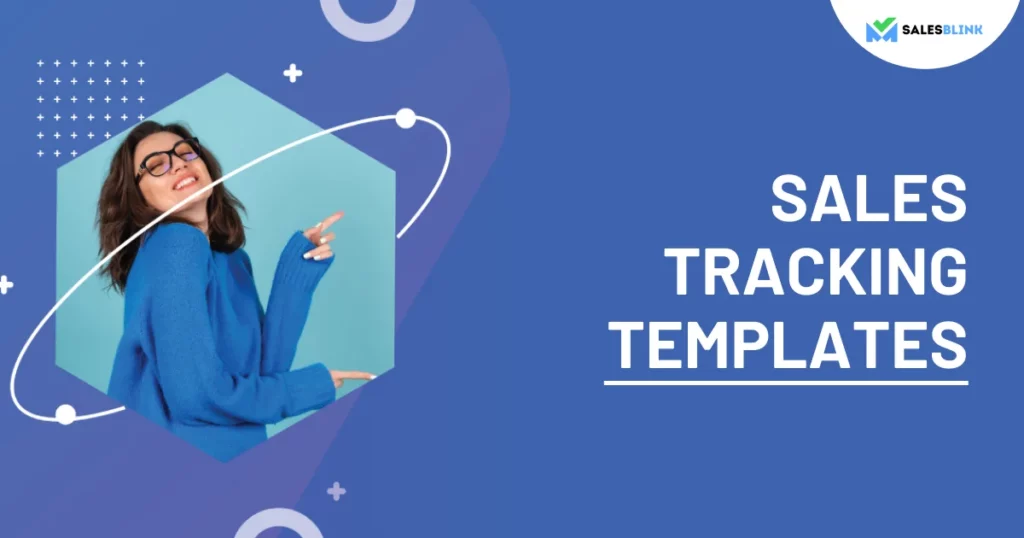14 Ultimate B2B Lead Scoring Best Practices To Close More Deals
Lead scoring enables sales teams to prioritize their leads and focus on those most likely to convert. But setting up an effective lead-scoring system can be challenging. That’s why 79% of B2B marketers have not established lead scoring yet.
In this blog post, we’ll help you by covering the best practices for setting up an effective lead scoring system.
We’ll look at lead scoring, why you need it, the different models, and the best practices to score leads the right way. By the end of this post, you’ll have the knowledge you need to create an efficient and effective lead-scoring system that will help you close more deals.
So, shall we begin?
Table of Contents
- What Is Lead Scoring?
- Why Do You Need Lead Scoring In Your B2B Business?
- Lead Scoring Models
- Best Practices To Score Leads
- 1. Identify the best fit potential customers
- 2. Talk to the sales team
- 3. Talk to your customers
- 4. Look at your customer’s journey and key traits
- 5. Score leads using demographic data
- 6. Award scores for actions that hint at a purchase
- 7. Customize your lead scoring
- 8. Set a marketing qualification scoring threshold
- 9. Enable automated qualification
- 10. Include negative scores
- 11. Disqualify dead-end leads
- 12. Make the most of score decay
- 13. Revise your scoring process regularly
- 14. Track MQL to conversion rates
- FAQs
What Is Lead Scoring?
Lead scoring is a method of evaluating and ranking leads based on different criteria. Businesses use it to determine which leads are most likely to become customers. When one scores a lead, one assigns a numerical value to them that reflects how likely they are to convert. Each lead is scored based on age, gender, location, past purchases, online behavior, and more.
Lead scoring allows businesses to prioritize their efforts and focus on the leads that are most likely to generate revenue. It is an essential tool for any business that wants to optimize its lead generation process and increase conversions.
Why Do You Need Lead Scoring In Your B2B Business?
Now that you know what lead scoring is, here are its benefits,
1. Reduced costs of marketing and acquisition
With B2B lead scoring, businesses can allocate resources and budget more efficiently, resulting in reduced costs for marketing and acquisition. In addition, through this method, businesses can quickly identify their most promising leads and focus on them rather than wasting time and money on others.
2. Increased conversion rates
The benefits of B2B lead scoring include increased conversion rates, improved customer segmentation, and better targeting of campaigns. By assigning a score to leads, you can quickly identify the customers most likely to purchase and target them with tailored offers and messages. This increases the chances of conversion. It also helps you better understand your customer base and customize your marketing strategies accordingly.
3. Better alignment of sales and marketing teams
By scoring leads according to their level of engagement and other criteria, marketers can assign leads to the sales team that are most likely to convert. This helps to ensure that there is prompt following up and that there is better communication between the two teams. It also allows the sales team to focus on leads with the highest chance of success, reducing the waste of time and resources.
4. Increased revenue
One of the biggest benefits of lead scoring is increased revenue. By focusing on the leads with the highest scores, businesses can maximize their return on investment and increase their sales. Additionally, lead scoring can help automate the sales process by identifying leads ready to purchase, allowing sales teams to focus their energy on those leads. Obviously, the bottom line of every business is to increase its revenue.
Lead Scoring Models
Here’s a list of 4 best lead scoring models,
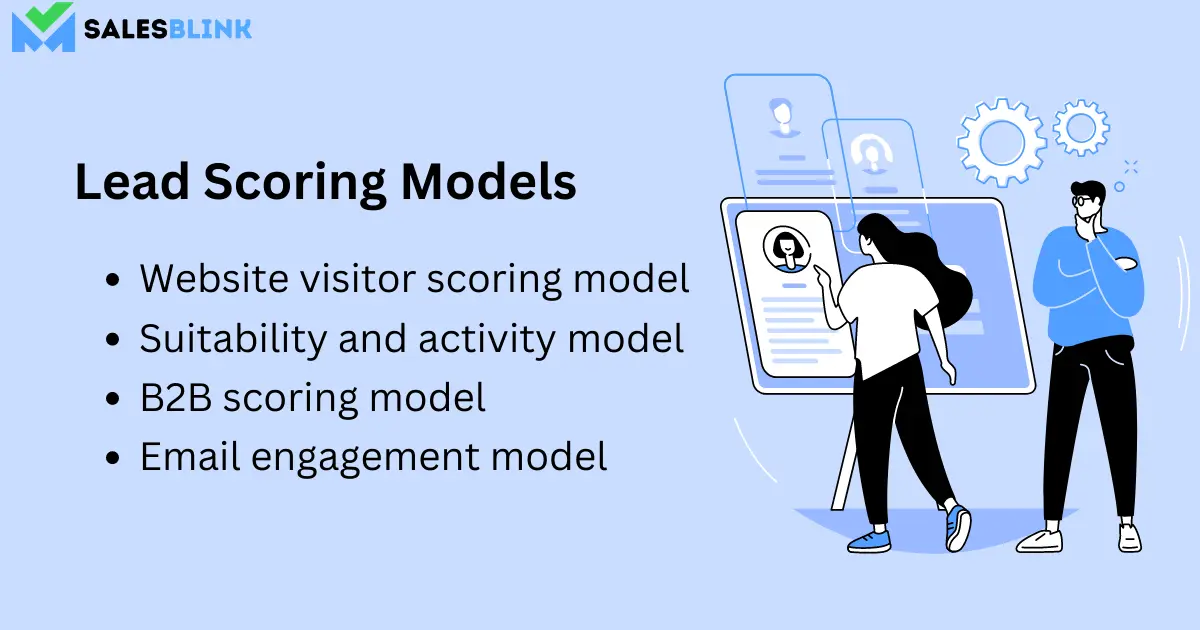
1. Website visitor scoring model
Website visitor scoring is a lead scoring model that uses website data to rate prospects based on their likelihood of becoming customers. This model works by gathering data on the visitor’s behavior on the website and assigning them a score. This score is based on a variety of factors, such as how long they stayed on the page, how many pages they visited, how often they visited, and how they interacted with content. The higher the score, the more likely the visitor is a potential customer.
Overall, website visitor scoring can help companies prioritize leads and focus their efforts on those more likely to convert.
2. Suitability and activity model
The suitability and activity model in B2B lead scoring is an approach that combines two methods of lead scoring: suitability scoring and activity scoring. Suitability scoring evaluates the characteristics of a lead, such as demographics, industry, and job title. Activity scoring focuses on the lead’s behavior, such as page visits, downloads, and email interactions.
Combining these two scoring methods gives marketers a more holistic view of a potential customer. It helps them identify which leads are most likely to convert. You can also use suitability and activity scoring to prioritize leads, so marketers can focus their efforts on the leads that are most likely to turn into sales.
3. B2B scoring model
In B2B sales, whom you connect with in a prospective company matters the most. Even if the company is a perfect match to your ideal customer profile, who you are reaching out to matters as the wrong person can do you no good. You have to score businesses based on the job title department of the person you contact.
To make this clear, here is an example: connecting with the VP of a company has more weightage than connecting with the HR manager. That is because the former is more likely to be the decision-maker.
The score increases based on other factors, for example, the number of employees if you are selling products such as laptops for the people in the company. Therefore, in this model, scoring can be based on the business size, the department, and the job title of the person you are reaching out to.
4. Email engagement model
The email engagement model is a B2B lead scoring system that assigns points to prospects based on the level of engagement with their emails. This model can help sales teams prioritize leads and determine which prospects are most likely to convert into customers.
The model assigns points based on open, click-through, and response rates. In addition, you can assign points for specific actions, such as downloading content or attending webinars. You can then use the total points to determine the lead’s score, which helps prioritize leads and target the most engaged prospects. This system helps sales teams save time by focusing their efforts on the prospects most likely to buy.
Best Practices To Score Leads
Here are the best practices to score leads,
1. Identify the best fit potential customers

Lead scoring aims to identify the best fit potential customers so that sales and marketing teams can focus their efforts on the leads most likely to convert. To do this, you can use various data points to assign numerical values to leads. These data points can include demographic information, past interactions with the company, website activity, and other indicators of interest. The higher the lead score, the more likely the lead is to convert. The best-fit potential customers are those with high lead scores and are most likely to become paying customers. You can focus your efforts on engaging these customers by providing personalized content, product recommendations, and other incentives to convince them to purchase.
2. Talk to the sales team
As a manager, when talking to the sales team about B2B lead scoring, it is best practice to emphasize the importance of data-driven decision-making. Explain that they can focus their efforts on the most promising prospects by relying on quantitative data points to determine which leads are more likely to convert.
Additionally, it is important to encourage sales teams to review and update their lead-scoring models as needed. This will help ensure that they are always targeting the right leads and getting the best results from their efforts.
Finally, remind them that lead scoring should be part of their regular workflow, not an afterthought. They can improve their conversion rates and increase their sales by taking the time to evaluate and score leads properly.
3. Talk to your customers
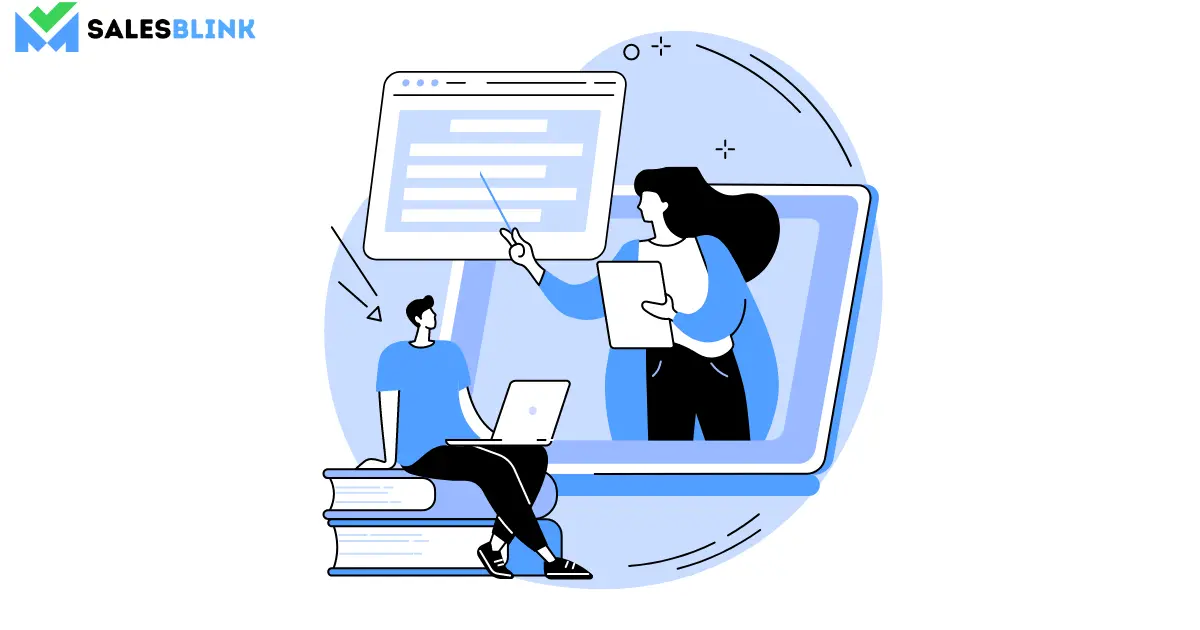
You may get details from your sales team, but talking to your customers who have been a part of the sales funnel will have much more to tell you. Speaking to customers can help you better understand their buying journey and how you can best align your lead-scoring models with their needs. Additionally, talking to customers can help you uncover potential new leads and opportunities. Finally, doing so can give you valuable insights into how your products and services can be better promoted and targeted to potential customers.
4. Look at your customer’s journey and key traits
In continuation to the previous point, when it comes to B2B lead scoring, there are several elements to consider, including a customer’s journey and key traits. By closely examining how customers interact with your business, you can gain valuable insights into their behaviors and preferences. You can then use this information to develop B2B lead scoring criteria, allowing you to identify which leads are more likely to convert and prioritize them accordingly. Additionally, it is important to consider key traits such as age, gender, interests, and buying power when scoring leads. By considering these factors, you can ensure that your lead scoring system is as accurate and effective as possible.
5. Score leads using demographic data
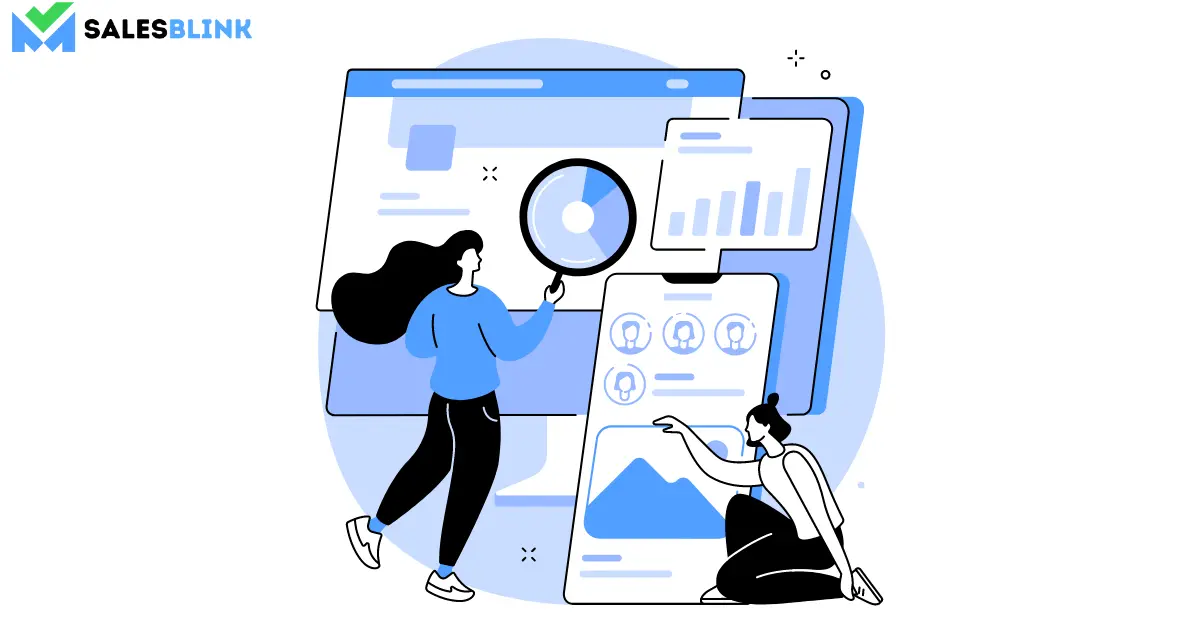
Using demographic data to score leads is a powerful way to ensure you target the right audiences and maximize your marketing efforts. By analyzing demographic information such as age, gender, income level, education level, and location, you can identify potential customers and prioritize them for outreach. This allows you to allocate resources better and target the most likely leads. Furthermore, demographic data can help you uncover new opportunities and insights about your target audiences.
For example, you may find that a specific age group is more likely to purchase a particular product or service or that people in a certain region are more likely to engage with your brand. With the right data and analysis, you can make more informed decisions about reaching your target audience and increasing your campaigns’ success.
6. Award scores for actions that hint at a purchase
It is essential to consider the context of the customer’s behavior. It is not enough to simply assign points for certain actions; you have to determine the value of each action based on the customer’s prior behavior and the overall customer journey.
For example, if a customer has visited the purchase page repeatedly but hasn’t converted yet, you should give that more weight than a one-time visit. Additionally, if a customer actively engages with price comparison features, you can consider that when assigning lead scores. By taking the customer’s behavior into account, it is possible to assign lead scores that are more accurate and better reflect the likelihood of a purchase.
7. Customize your lead scoring
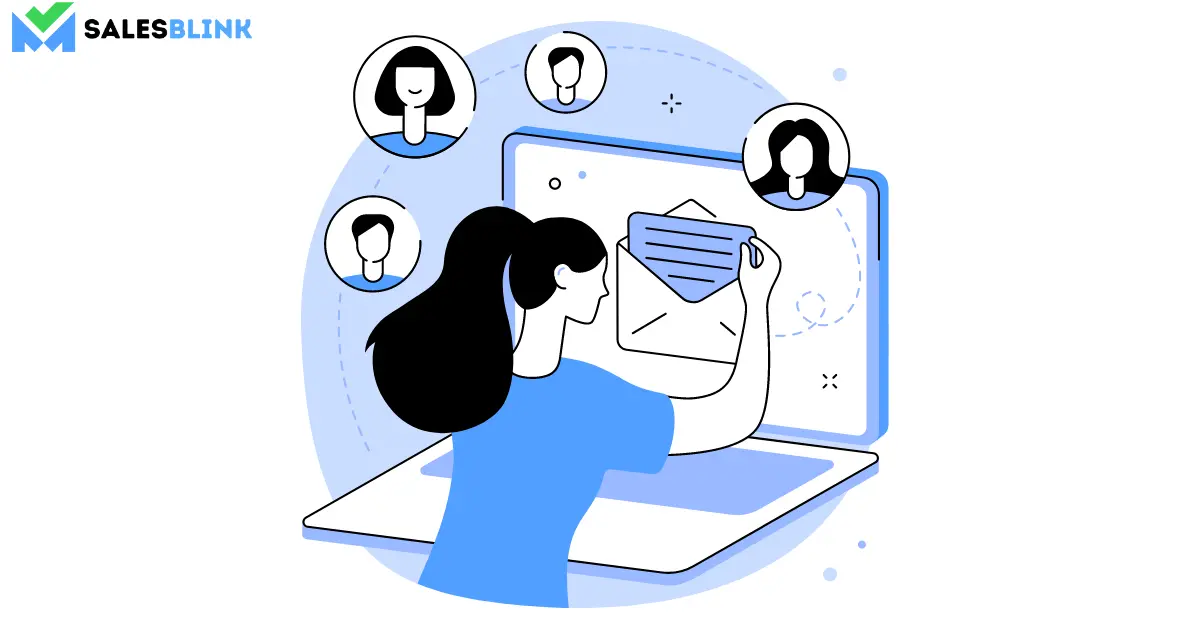
A “one-size-fits-all” approach to B2B lead scoring isn’t always effective, as different leads may have different needs and preferences. Instead, you can get the most out of your lead scoring system, by customizing it to suit your specific business goals. Start by determining the criteria that matter most to your business, such as lead source, demographics, or past interactions with your company. Then, assign points to each criterion according to its importance to you. This “weighting” system will ensure that the leads you prioritize are the ones that are most likely to turn into customers.
8. Set a marketing qualification scoring threshold
The marketing qualification threshold serves as a benchmark for determining which leads are worth pursuing and which you should discard. You can set it based on an analysis of the target market, the organization’s goals, and the current level of lead qualification.
For example, if the marketing team is looking to qualify leads according to their potential to generate revenue, you should set the threshold at a point that indicates expecting success. Otherwise, you should set the threshold accordingly if the goal is brand awareness or engagement.
By setting a clear qualification threshold, organizations can ensure that they are only pursuing leads with the highest chance of success.
9. Enable automated qualification

Automated qualification allows you to set criteria automatically, assigning a score to incoming leads. This score depends on the information you provide (such as demographics, interests, purchase history, etc.). And it can help your team prioritize which leads should be contacted first. Automated qualification also helps ensure that your team doesn’t waste time on leads that are unlikely to convert, which can help you increase efficiency and save time in the long run. In short, automated qualification can help you make better decisions about which leads to prioritize and enable your team to focus on the leads with the highest potential.
10. Include negative scores
A negative lead score indicates that an individual does not meet the criteria for a successful sales lead. This could be because they have expressed no interest in your product or service or because they do not fit the ideal customer profile for your business. Negative lead scores can be useful in helping you to prioritize which leads are worth pursuing and which are not. In addition, including negative lead scores can help you focus on leads that are more likely to convert and make sure that you save time on leads that are unlikely to become customers.
11. Disqualify dead-end leads
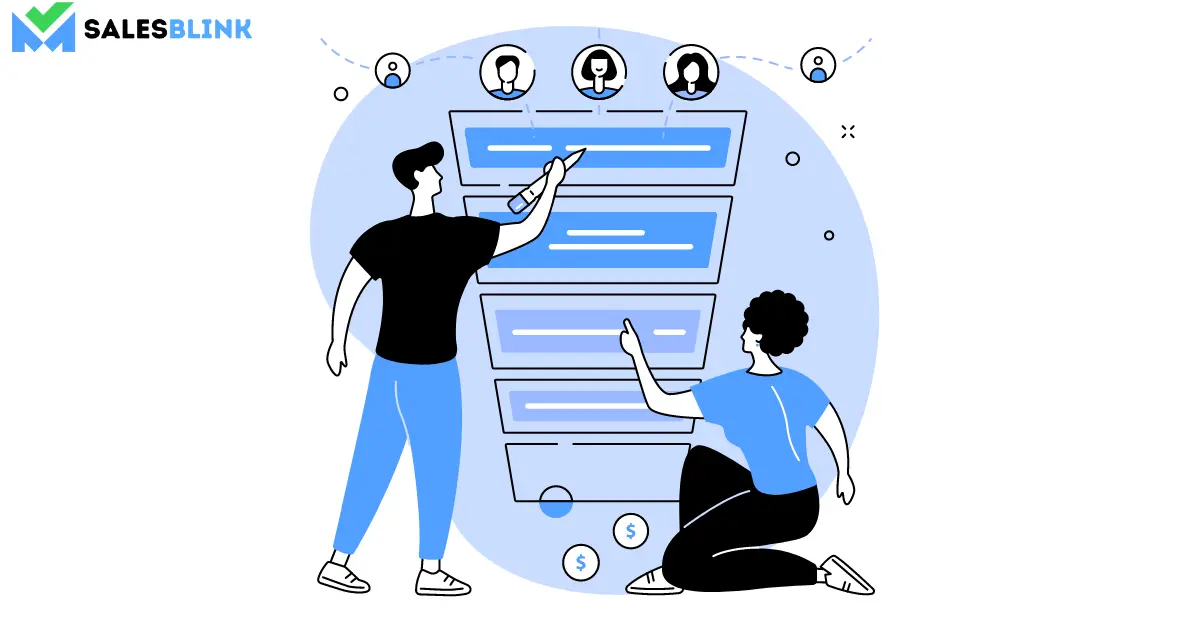
Lead scoring can be a valuable tool for determining which leads are worth pursuing and which are likely dead-ends. However, while lead scoring can help to identify the most promising leads, you can also use it to disqualify dead-end leads. To do this, you should look for key criteria usually associated with dead-end leads. These include low engagement with your content, short forms of contact, lack of response to follow-up emails and calls, and a lack of purchasing intent. By keeping an eye out for these indicators, you can disqualify dead-end leads and focus your efforts on leads that are more likely to convert.
12. Make the most of score decay
It is important to remember that lead scores can decay over time. This means that leads who were once high-value targets may become less interested or relevant as time goes on. Therefore, it is essential to regularly review and update your B2B lead scoring model to make the most of score decay. This will help ensure that you score leads accurately and that your team is focusing its efforts on the most promising prospects. Additionally, it is essential to monitor lead activity and adjust scores accordingly.
For example, if a lead shows signs of being more engaged than in the past, their score should be increased. Doing this can help ensure that your team is targeting the right leads and not wasting time on leads who are unlikely to purchase.
13. Revise your scoring process regularly
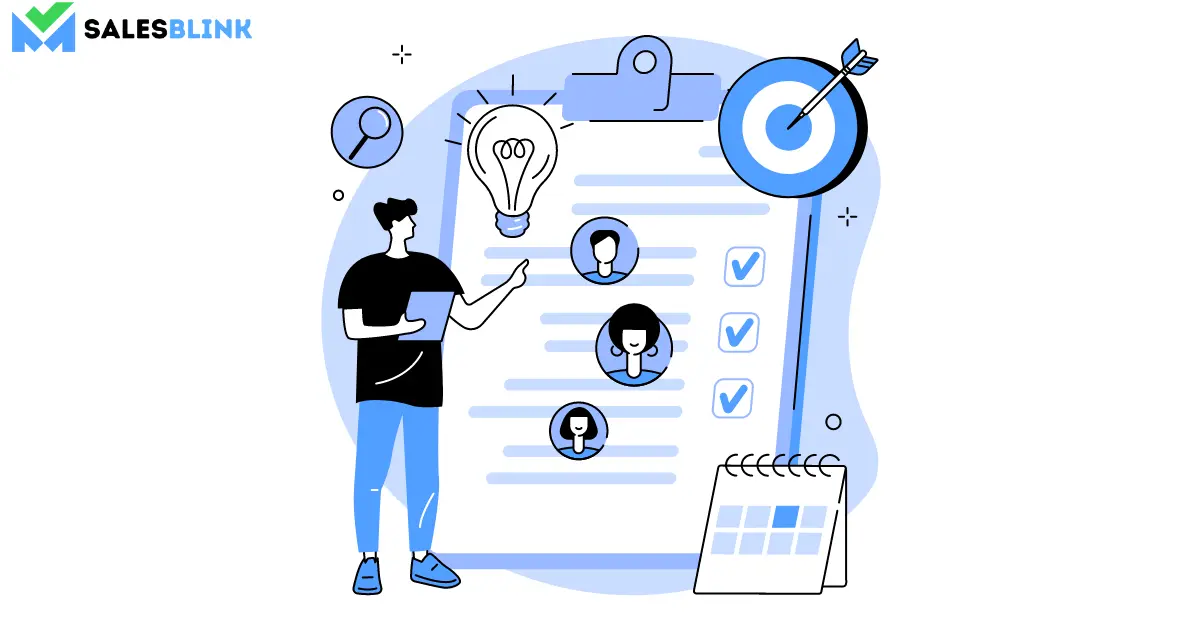
As the market and customer needs change, revising your B2B lead scoring process regularly is important. This means closely examining your existing scoring criteria and ensuring they accurately reflect customer behavior. It also means keeping an eye on new trends and technologies that may affect how customers interact with your business. Additionally, you should constantly test and refine your B2B lead scoring process to ensure it’s as effective as possible.
14. Track MQL to conversion rates
MQL stands for marketing qualified leads, and they are leads that have expressed some degree of interest in your product or service. Conversion rates measure how many of your MQLs eventually turn into customers. Tracking MQL to conversion rates gives you valuable insight into your lead-scoring process and can help you identify areas for improvement. It can also help you better understand which channels produce the best leads. You can adjust your lead-scoring strategy by understanding which channels produce the most high-quality leads.
Time To Work On B2B Lead Scoring!
Lead scoring is an essential part of any successful B2B sales process. Using the best practices outlined in this blog post, you can ensure that you evaluate your leads properly and that you are closing more deals. From setting up good lead scoring criteria to using automation to streamline the process, following these practices will help you find a good fit. This way you can stay ahead of the competition and close more deals. In addition, with the right lead scoring system in place, you can ensure that your leads are getting the attention they deserve and that your sales team is as efficient and effective as possible.
You can thank us later!
FAQs
Lead scoring can be a difficult process to implement because it requires a lot of data to be collected, organized & interpreted. It can be challenging to identify which data points are the most relevant,
& how to weigh them to score leads accurately.
The criteria used for lead scoring can vary depending on the company and industry. However, the key factors that you can take into account include the size of the company, the industry they are in, and the size of their budget.
The main limitation of lead scoring models is that they rely heavily on data that may not always be accurate. The models are typically designed to work with a limited number of data points. As a result, they may be unable to capture the nuances of a customer’s behavior or preferences.




